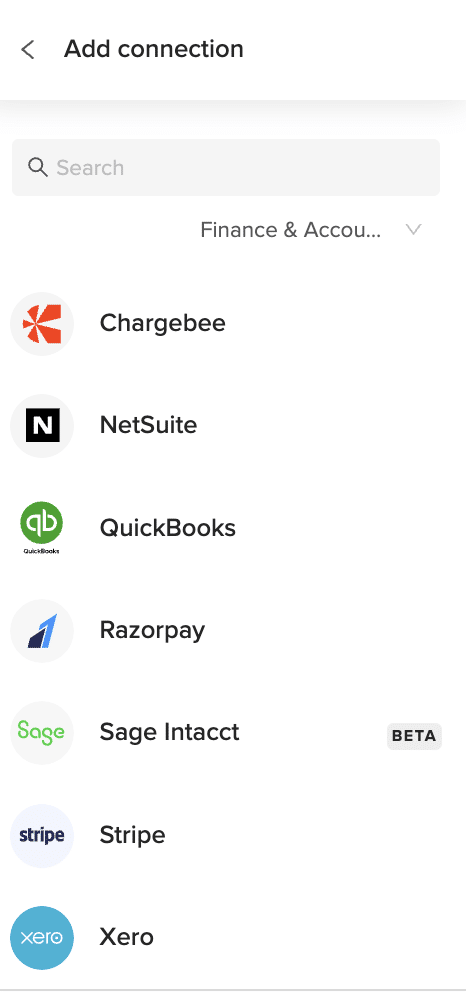Tracking invoices in Harvest is great. But analyzing that data in Google Sheets is even better.
Instead of manual exports that quickly become outdated, you can create a live connection between Harvest and Google Sheets.
This guide shows you how to import your Harvest Invoices data directly into Google Sheets for real-time analysis.
TLDR
-
Step 1:
Install Coefficient from Google Workspace Marketplace
-
Step 2:
Connect your Harvest account
-
Step 3:
Select Import from Objects and choose Invoices
-
Step 4:
Configure any filters you need
-
Step 5:
Set up auto-refresh to keep your data updated
How to import Harvest Invoices data into Google Sheets
Follow these simple steps to get your Harvest Invoices data into Google Sheets using Coefficient.
Step 1: Install Coefficient and connect to Harvest
- Open Google Sheets
- Click on Extensions > Add-ons > Get add-ons
- Search for “Coefficient” and install it from Google Workspace Marketplace
- Once installed, open the Coefficient sidebar by clicking Extensions > Coefficient > Launch
- In the sidebar, click “Import Data”
- Select “Harvest” from the list of available connectors
- Log in with your Harvest credentials when prompted

Step 2: Import Invoices data from Harvest
- In the Coefficient sidebar, select “Import from Objects”
- Choose “Invoices” from the list of available objects
- Select the fields you want to import (e.g., Invoice Number, Client, Amount, Issue Date, Due Date, Status)
- Apply any filters if needed (e.g., only show unpaid invoices or invoices from a specific time period)
- Click “Import” to bring the data into your Google Sheet

Step 3: Set up auto-refresh for your Harvest data
- With your imported data selected, click “Schedule Refresh” in the Coefficient sidebar
- Choose your preferred refresh frequency (hourly, daily, weekly)
- Set specific times for the refresh to occur
- Optionally, set up Slack or email notifications for when data changes
- Click “Save” to activate the auto-refresh schedule

That’s it! Your Harvest Invoices data is now in Google Sheets and will stay updated based on your refresh schedule.
Available Harvest Data in Coefficient
Reports
- Uninvoiced Report
- Projects Time Report
- Team Time Report
- Clients Time Report
- Clients Expense Report
- Projects Expense Report
- Team Expense Report
Objects
- Invoices
- Clients
- Expenses
- Projects
- Client Contacts
Take control of your Harvest invoice data
Importing your Harvest Invoices data into Google Sheets opens up powerful analysis possibilities. You can track payment trends, monitor outstanding invoices, and create custom reports that Harvest doesn’t offer natively.
With Coefficient’s auto-refresh feature, you’ll always have the most current data without manual exports. This saves time and ensures decisions are made with accurate information.
The ability to combine invoice data with other business metrics in Google Sheets gives you a more complete financial picture. You can correlate invoicing with project profitability, team utilization, or client value.
Plus, sharing these insights with stakeholders becomes easier through Google Sheets’ collaborative features and Coefficient’s automated report distribution.
Try Coefficient todayReady to transform how you work with your Harvest invoice data?and experience the difference that live, connected data makes for your financial reporting.
Frequently Asked Questions
Trusted By Over 50,000 Companies
)






